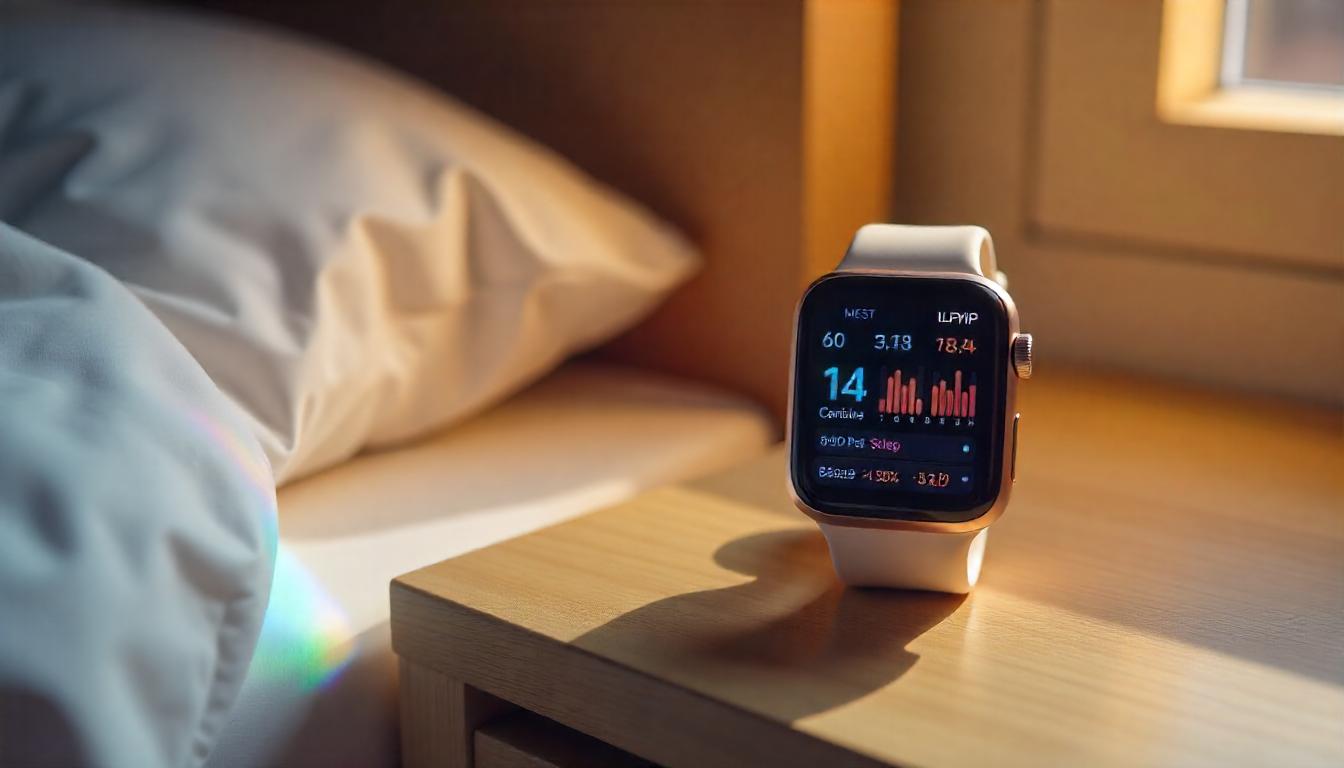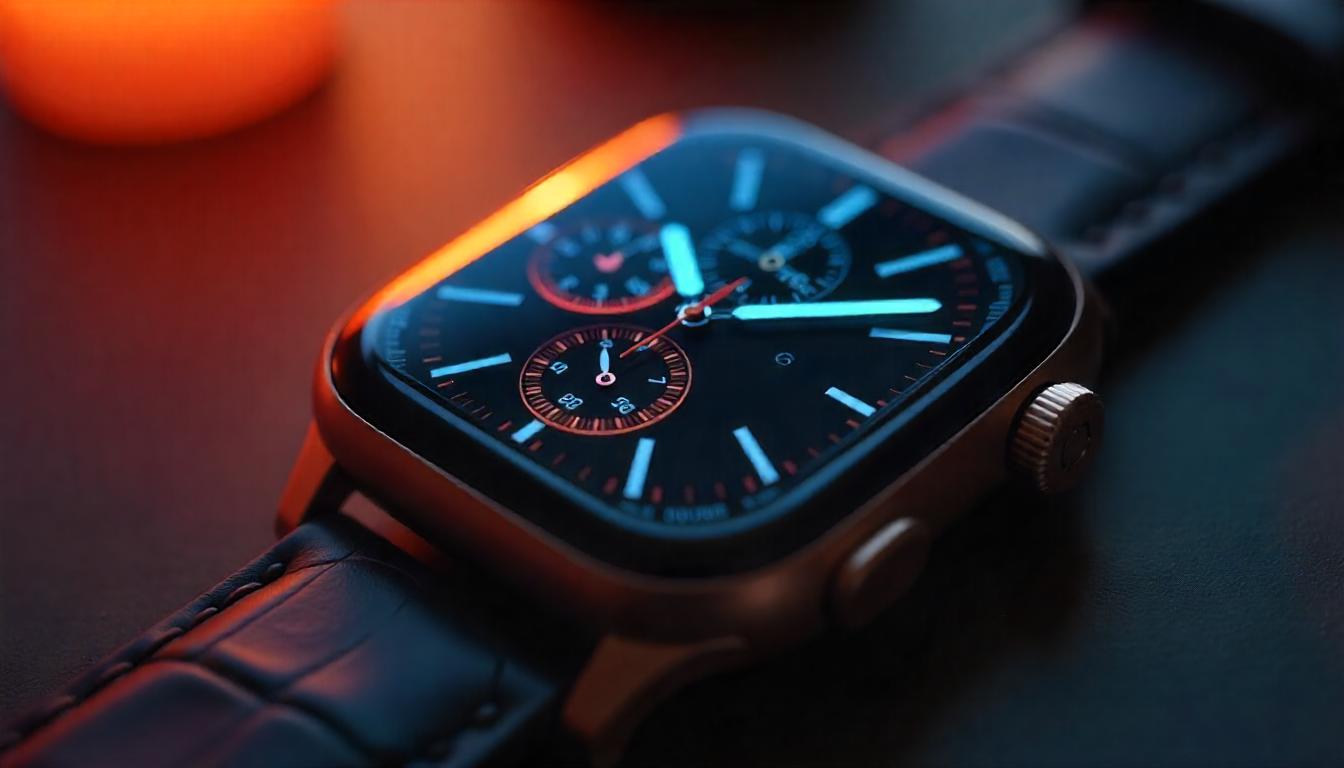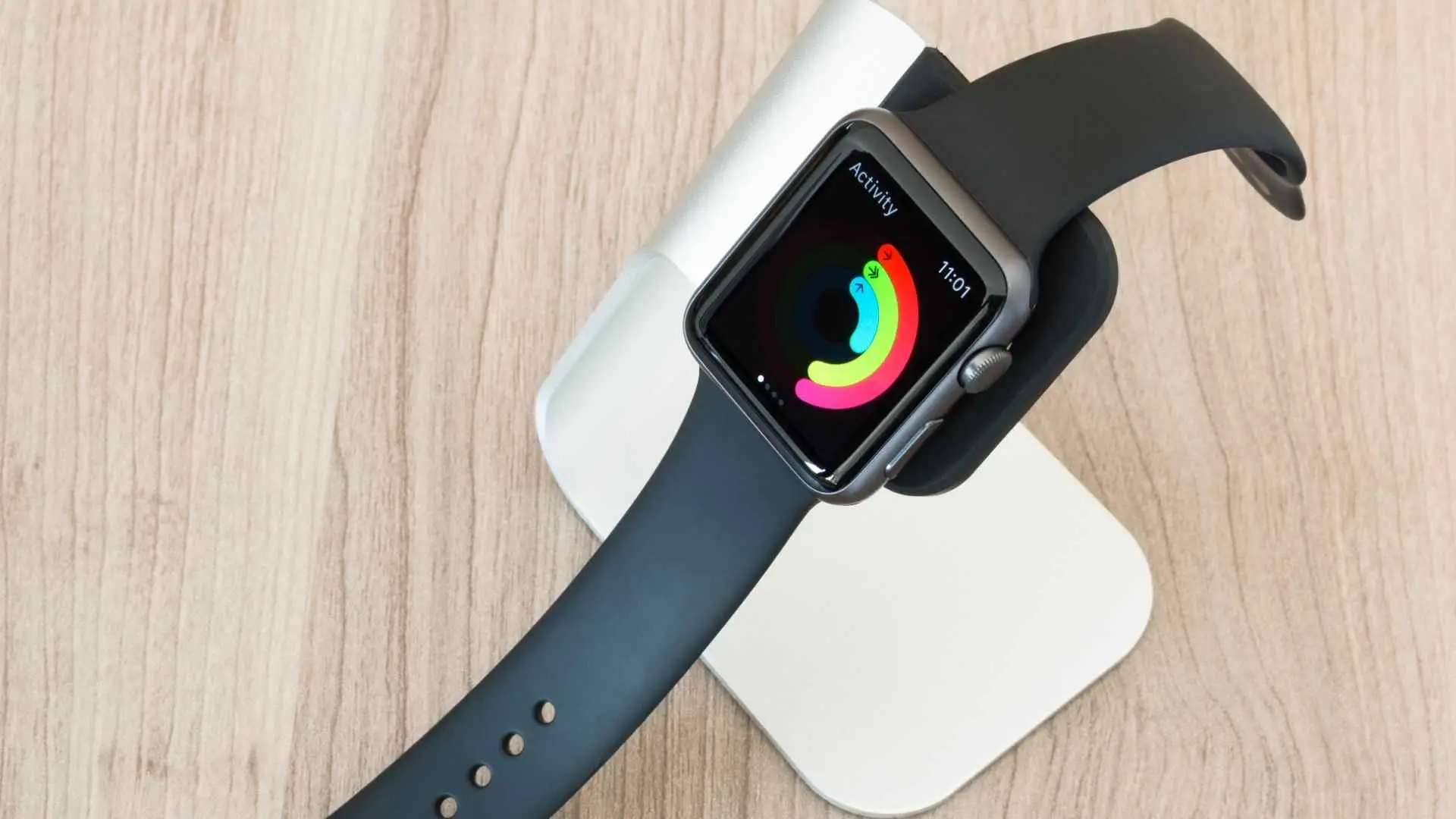Having the right tools at your disposal can make all the difference when it comes to achieving your fitness goals.
In today’s world, smartwatches are no longer just accessories but powerful fitness companions-from tracking your workouts to analyzing your sleep-to keep you motivated and informed every step of the way. But with so many options on the market, how do you choose the best smartwatch for your fitness needs? Let’s break it down together.
Start with Your Fitness Goals
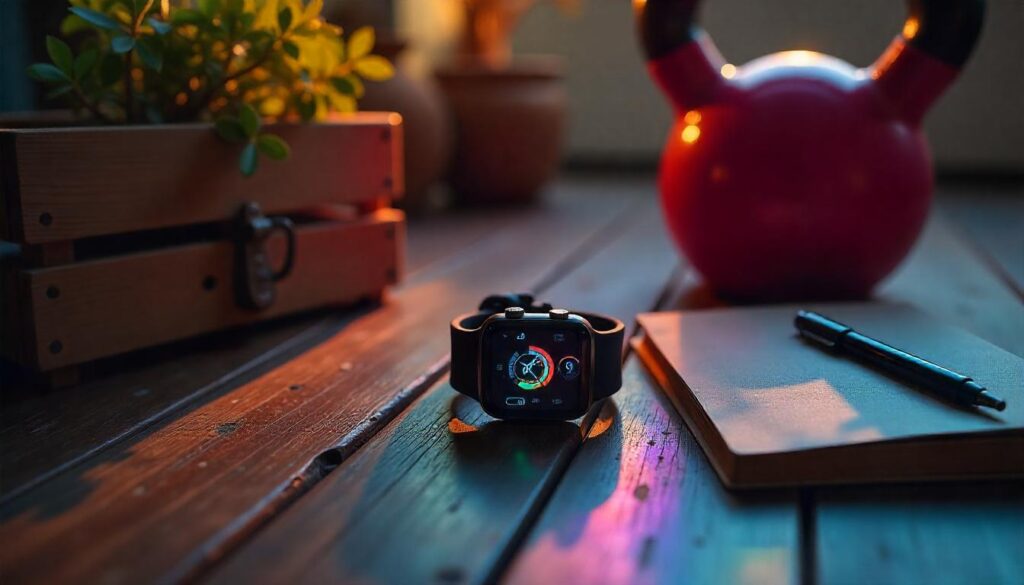
Before diving into features and brands, it is necessary to reflect on what you want to achieve. Are you trying to lose weight, improve endurance, build strength, or maintain general wellness? Your fitness goals will greatly influence the type of smartwatch you need.
For runners and cyclists, essential features are GPS tracking and distance metrics. If one’s workouts include weight training, a valuable watch is one that provides heart rate monitoring during one’s strength training.
Swimmers will need waterproof designs with swim-specific tracking features, while those focused on overall wellness may value sleep tracking and stress management.
Consider the Features That Matter Most
Once you have pinned down your goals, the next thing you do is to focus on the features that are going to support those goals. For example, if your workouts include a lot of outdoor activities, then definitely a smartwatch with an inbuilt GPS is one of the most vital things. You won’t be depending on your phone for mapping routes or measuring distances. Real-time navigation that advanced GPS can offer becomes a game changer for hikers.
If you’re into cardio or HIIT, then you’d want a device that can offer continuous heart rate monitoring. It’s a feature that can give you insight into your performance and recovery to avoid overtraining or underperforming. A few smartwatches include VO2 max estimates, which measure your aerobic fitness levels over time.
For the lovers of variety in workouts, multi-sport tracking is a must. Be it yoga, swimming, or weightlifting, a versatile watch ensures that whatever the activity, the data is accurate. Add this to solid app integration, and one gets to dive even deeper into their statistics.
Assess Design and Comfort
While a smartwatch’s design may seem secondary to its functionality, comfort and style play significant roles in how often you wear it. If it’s too bulky or doesn’t fit your style, you’re less likely to keep it on, which defeats the purpose.
As long as your workout sessions require you to wear the timepiece, many smart timepieces come with durable materials made with lightweight elements for comfort, while some will even permit swappable bands.
Additional traits include intuitive interface and visibility-you will want clear display every moment, as you keep taking a look at your stats during workouts.
Battery Life: Do Not Overlook It
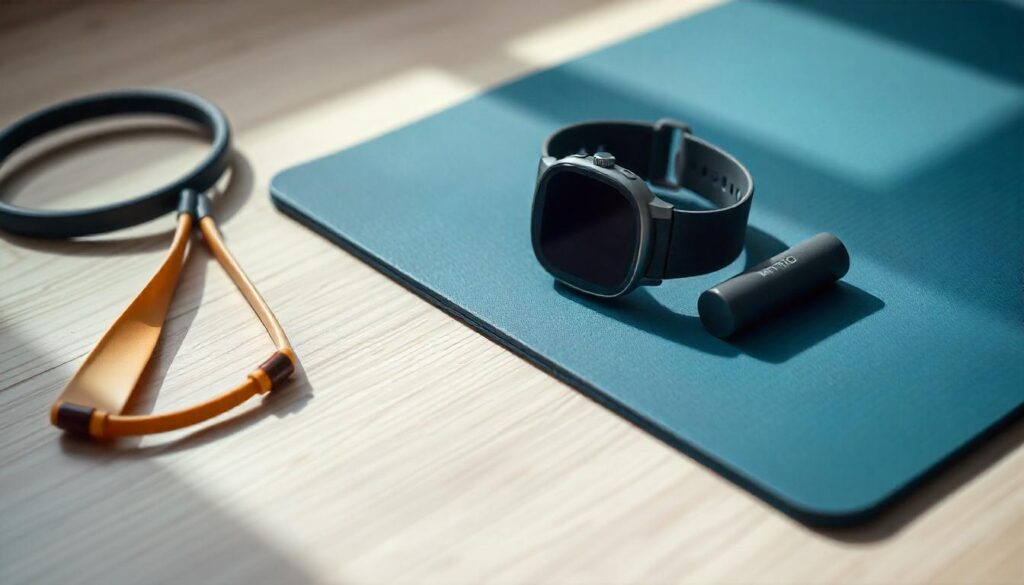
Battery life is another critical factor, especially if your fitness routines last all day or extend into outdoor adventures. Watches with GPS and heart rate monitoring tend to drain their batteries quickly, so consider how often you’re willing to charge.
For casual users, a smartwatch with a battery life of one or two days might be good enough. But for endurance athletes or travelers, a watch that lasts a week or more is worth the investment. Similarly, many fitness watches come with power-saving modes to extend use without sacrificing key functions.
App Ecosystem and Compatibility
Your smartwatch’s app ecosystem can make or break your fitness journey. Some devices excel at providing granular analytics through proprietary apps, while others rely on third-party integrations. Before buying, research if the watch syncs with your favorite fitness platforms like Strava, MyFitnessPal, or Google Fit.
Also, make sure it’s compatible with your smartphone. Apple Watches, for example, only work with iPhones, while the Galaxy Watch line from Samsung is best with Android but also supports iOS. Compatibility ensures seamless syncing of data and access to key features.
Top Recommendations for Fitness-Focused Features
Though no smartwatch is perfect, a few stand out with specific areas of fitness. Garmin’s Forerunner series, for example, is ideal for runners and triathletes, with advanced metrics on lactate threshold and race predictors.
Fitbit’s Versa line is great for people who are just starting their journey and want a balance between features aimed at fitness and lifestyle. The rugged design and depth tracking put the Apple Watch Ultra in a class for swimmers and outdoor enthusiasts alike.
Each brand has its unique strengths, so weigh these against your priorities. If you’re serious about data accuracy, Garmin’s sports watches are hard to beat. On the other hand, if style and versatility matter more, the Apple Watch or Samsung Galaxy Watch might be better choices.
Set a Budget Without Compromising on Essentials
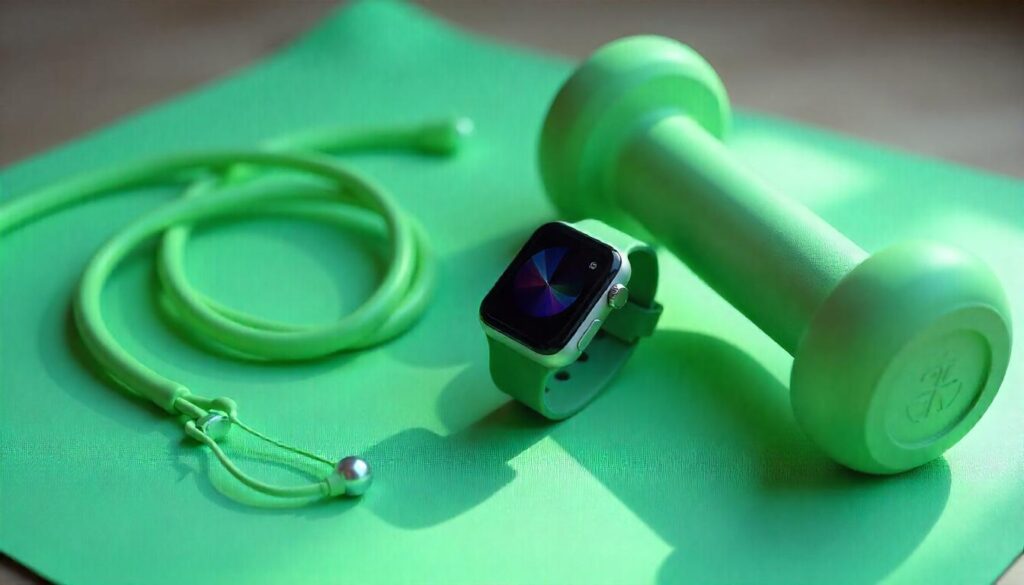
The prices of smartwatches vary between $100 and over $1,000, depending on the brand and features. It is very tempting to invest in the latest and greatest, but not always necessary for your goals in fitness.
You can also go for budget-friendly options such as the Amazfit Bip series or Fitbit Inspire 3, which are quite decent in tracking your activities without breaking your bank.
Mid-range models, like the Garmin Venu or Samsung Galaxy Watch Active, hit a sweet spot between price and performance. Prioritize features that are a must-have for you and distribute your budget correspondingly.
Test It Out if You Can
If possible, try it on before buying. Actually visit a store to test responsiveness, interface, and comfort. Some brands even offer return policies that allow you to use the device for a few days before committing. Testing ensures that in real-world conditions, the watch will meet your expectations.
Final Thoughts: Finding Your Perfect Match
Choosing the best smartwatch for fitness goals doesn’t have to be overwhelming. Understand your priorities, evaluate key features, and consider your lifestyle in finding a device that will empower your journey.
Keep in mind, the right smartwatch is not about tracking steps or calories; it’s about becoming a partner in health and performance.
Take your time, do your research, and don’t be afraid to ask for recommendations. With the right smartwatch, your fitness goals will feel more achievable than ever.













